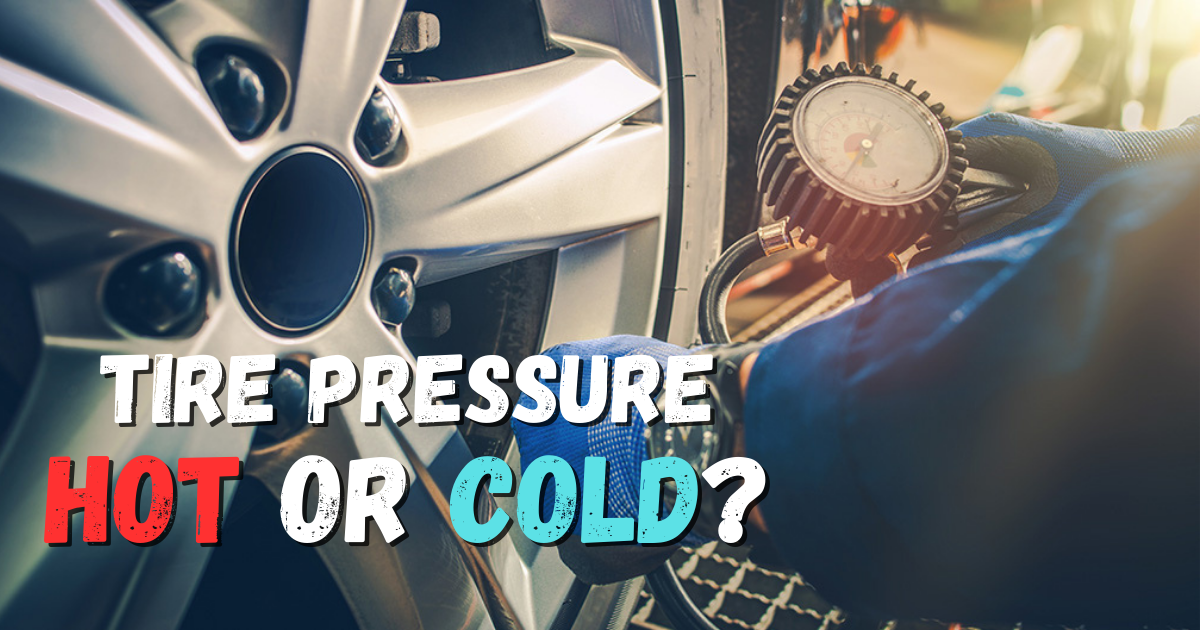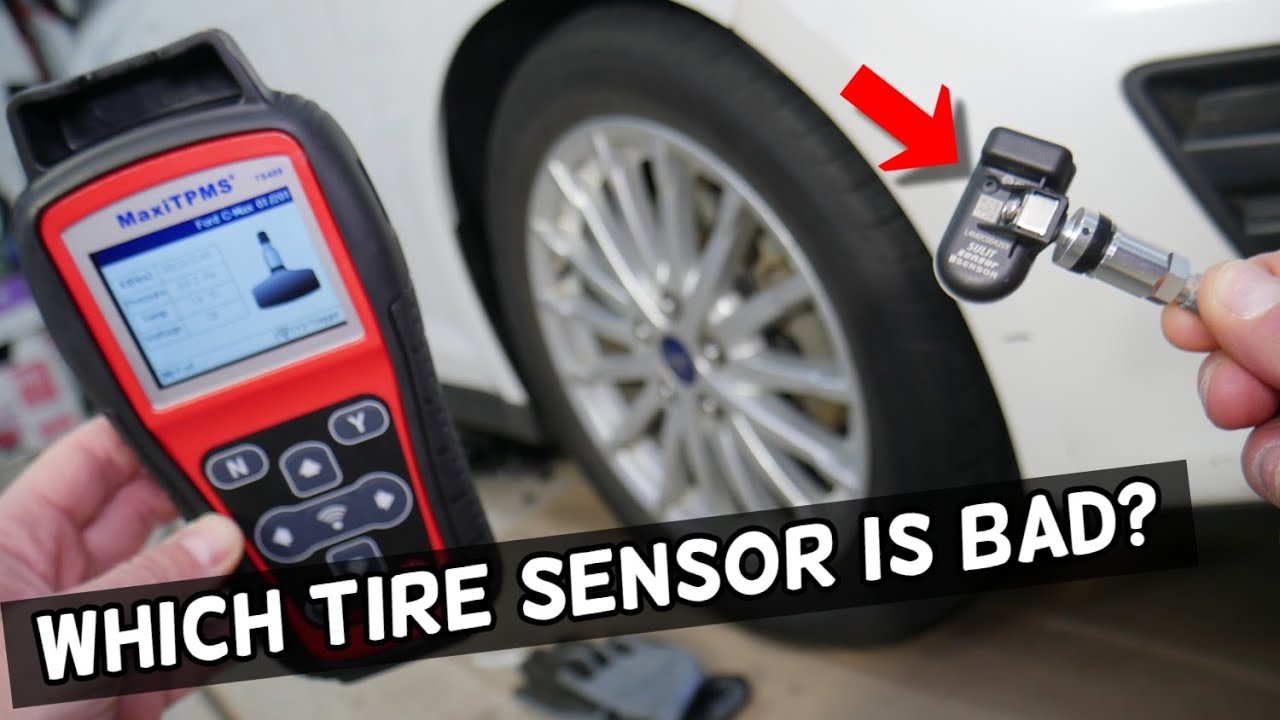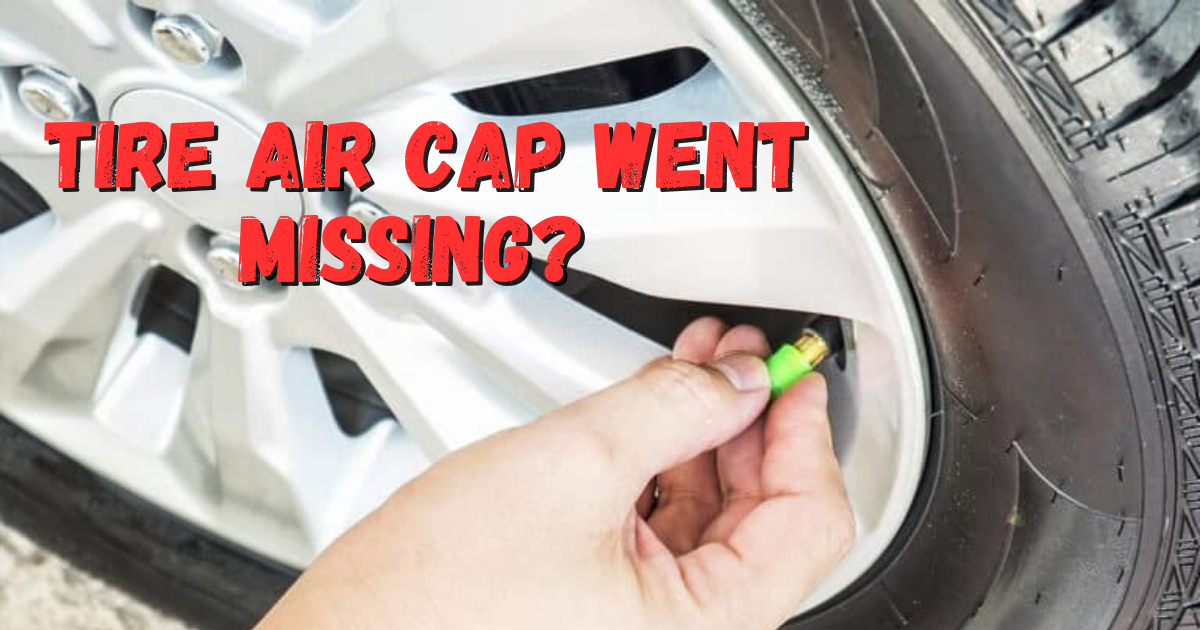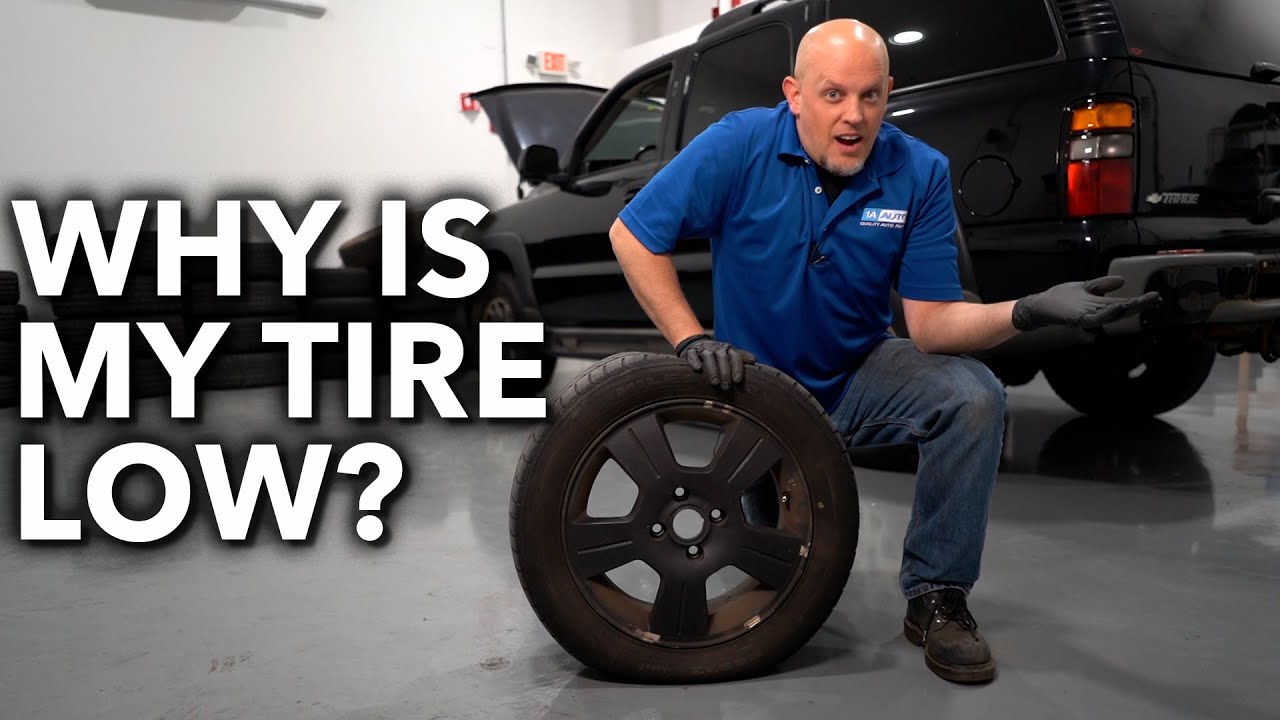Tire pressure can be a tricky affair, especially when it comes to the hot vs. cold debate. Understanding how temperature affects your tire pressure is about maintaining optimal performance and ensuring safety on the road. Let’s delve into the differences between hot and cold tire pressures, why it matters, and how you can efficiently check and maintain the right pressure for a smooth, secure drive.
Premature tread wear and tire failure are only two of the issues that can result from either under- or over-inflation. Checking tire pressure once a month is the greatest approach to extending the life of your tires.
Effect of Temperature on Tire Pressure
It doesn’t matter what we do, heat continues to accumulate on the tire tread. This is a natural occurrence, and it occurs on both clear and overcast days.
What makes a difference, though, is how a tire responds to the buildup of heat and pressure that occurs during the drive. While there are models created specifically to address this issue, complications may still develop.
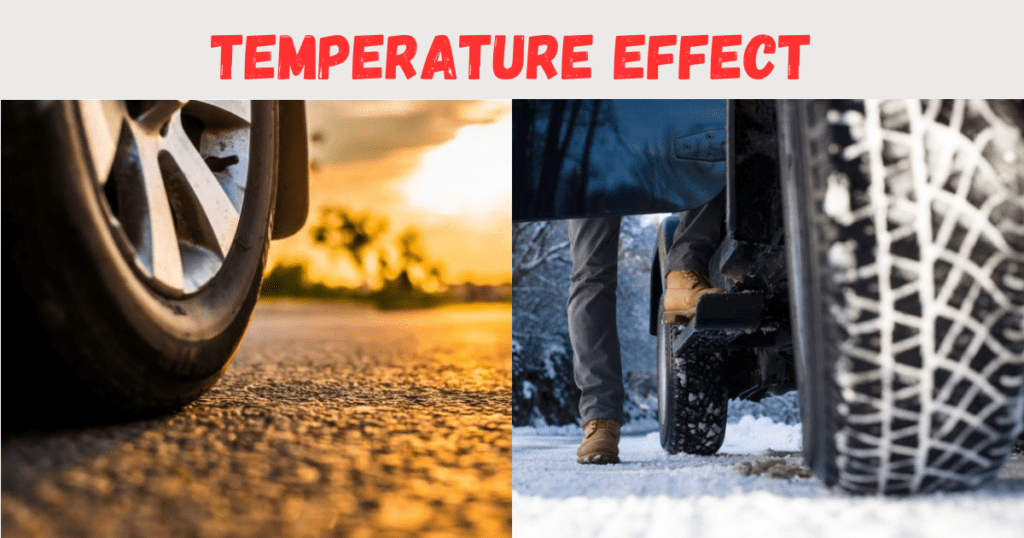
In every kind of weather, rolling causes tires to heat up. But, if tires are “used” properly, this heat accumulation will be significantly reduced. This includes both environmental factors and how you drive.
As we approach the cooler months, many alterations can be made to your automobile. In any case, you should be aware of the potential for deflated tires ahead of time. This is because low temperatures can induce a drop in tire air pressure.
1 to 2 psi pressure loss is typical for tire inflation when temperatures drop. As the tires warm up during the first 15 to 20 minutes of a drive, the pressure in them will rise by 1 psi at regular intervals.
Hot Or Cold Tire?
It is recommended by car manufacturers that tire pressure be checked when the tire is cold. High temperatures cause the air in your tires to expand, while low temperatures cause the air to contract. Because of this, when the temperature outside drops, your car’s computer may falsely warn you that your tires need air. When a car has been parked for three hours or longer, or driven less than a mile at a moderate pace, the tires are considered cold.
Using a petrol station air compressor implies your tires may be “hot.” Tires should have their pressure increased by 4 psi (14 kPa) over the recommended cold inflation pressure if the pressure needs to be changed after the tires have been driven. While the tires are cool, you should check the pressure again.
How To Check Tire Pressure
Before doing anything else, you’ll need to make sure you have the proper equipment to check your tires’ pressure. To measure tire pressure, you will need the following tools:
- Tire pressure gauge
- Air compressor
- Writing implements
A tire pressure gauge’s use is straightforward and requires little training. These are some steps to take to ensure your tires have adequate air. A digital or conventional tire pressure gauge will do the job. Both are commonly available in auto-parts stores.
Portable air compressors that are powered by a car’s battery or 12-20v power connection can be found at many auto parts stores. On the other hand, you can utilize the air compressor available at most gas stations. Commonly, you’ll have to pay between $1.50 and $2 to use one.
1. Search for Recommended PSI in Owner’s Manual
The recommended cold tire PSI for the front and rear tires should be found in the owner’s manual or on the driver’s side door jamb. Find it or have a tire expert, dealer, or manufacturer help you out if you can’t.
2. Record the Tire Pressure
To avoid becoming confused as you travel around the car monitoring tire pressure, it is a good idea to write down the right PSI for each tire.
3. Check the Pressure
Take the time to unscrew the valve cap from one of your tires. The hissing sound should stop when the pressure gauge is placed on the valve stem, and a reading should appear on the gauge.

Pressure from the air outside the gauge will cause a little bar to protrude from the base of a regular gauge. The bar is inscribed with various units of measurement. The digital readout of the gauge can be viewed on the screen.
Take note of the result, and then do the same for each of the other four tires.
4. Put in the Required Pressure
Tires with low pressure should be filled with air using a compressor. Using an air compressor correctly requires familiarity with its specific model, so be sure to read the manual before beginning.
At Gas Station

You should park such that the gas station’s air compressor hose can reach all four tires. Add coins until you hear the machine start up. One tire at a time, fill them by connecting the hose to the valve stem and pressing on the lever.
How Often Should I Check Tire Pressure?
Every 2-4 weeks, and especially before starting long trips or carrying extra burdens, check the pressure. Tire pressure checks performed before the ambient temperature increases and the tires are subjected to direct sunshine will yield more accurate results.
FAQs
What is the ideal tire pressure?
When tires are cold, the ideal pressure range is 32 to 40 psi (pounds per square inch). Tire pressure should be checked after a long stay, and the best time to do it is first thing in the morning.
Should tire pressure be checked when hot?
The best reliable reading can be obtained from inspecting tires when they are cold, as recommended by tire manufacturers. Increases in ambient temperature lead to increased tire pressure by up to 1 psi per 10 degrees Fahrenheit.
Is hot tire pressure higher?
When the air within your tires gets hot, the molecules expand. This might cause your tire pressure to rise. The converse is true for cold air, as you might have guessed.
How much PSI do tires increase when hot?
Each degree Fahrenheit causes a change of 1 PSI (pound per square inch) in tire pressure. If the temperature climbs 20 degrees Fahrenheit, which is possible in many regions of the country, your tires might theoretically gain 2 pounds per square inch (PSI) over the day.
What is the 4 PSI rule?
According to the rule, “if your tyres are inflated correctly then the tyre pressure measured when the tyres are hot (after travel) will be 4psi greater than the pressure measured when they were cold (before travel)”.
